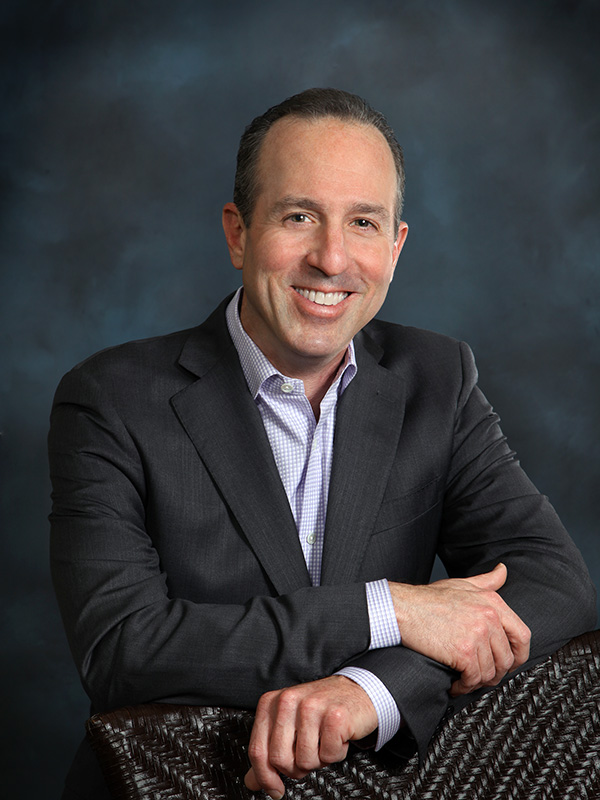Reverse Shoulder Replacement Surgeon

Are you suffering from severe shoulder arthritis? If so, you may be a candidate for a reverse shoulder replacement. Reverse shoulder replacement may be recommended in patients who have developed a complex type of shoulder arthritis called “rotator cuff tear arthropathy.” Reverse shoulder replacement surgeon, Dr. Mark Getelman provides diagnosis and both surgical and nonsurgical treatment options for patients in Los Angeles who have developed severe shoulder arthritis. Contact Dr. Getelman’s team today!
Reverse Shoulder Replacement Overview
Shoulder arthritis may develop from repetitive overuse, a previous shoulder injury or natural wear and tear of the joint. The condition causes persistent shoulder pain, inflammation and swelling. The degeneration of cartilage within the shoulder joint is commonly found in older adults, but it may also occur in younger, active individuals. Dr. Mark Getelman, orthopedic shoulder surgeon in the Van Nuys, Westlake Village, Thousand Oaks and Los Angeles, California area, begins treatment of shoulder arthritis with conservative measures in many cases. If non-surgical, conservative measures do not alleviate the symptoms, he may ultimately recommend shoulder replacement surgery.
A traditional shoulder replacement depends on the rotator cuff muscles to keep the replacement components in place and to allow shoulder function. In cases where the rotator cuff is torn and cannot be repaired, or if the rotator cuff muscles no longer function properly with chronic atrophy, a reverse shoulder replacement may be the best surgical option. This shoulder surgery is different than a standard shoulder replacement since it relies on the deltoid muscle, instead of the rotator cuff, to create movement of the joint.
Reverse shoulder replacement may be recommended in patients who have developed a complex type of shoulder arthritis called “rotator cuff tear arthropathy.” Rotator cuff tear arthropathy occurs when the muscles that help center the humeral head (ball) in the glenoid portion of the scapula (socket) do not function properly and the ball sits higher than the socket, typically because of chronic irreparable tears in the rotator cuff.
A reverse shoulder replacement is in many ways similar to a traditional shoulder replacement since both shoulder surgical techniques involve removing the natural degenerated bone and cartilage and replacing with plastic and metal components. However, reverse shoulder replacement changes the natural biomechanics of the shoulder joint by allowing the deltoid muscle to stabilize and move the shoulder joint instead of the original rotator cuff muscles. The biomechanical changes are accomplished by placing the ball on the glenoid (typically the socket) and the socket on the humerus (typically the ball). With the reversal of the ball and socket, a “reverse” shoulder replacement is accomplished.
Reverse Shoulder Replacement Repair Protocols
After a reverse shoulder replacement, the patient’s affected arm will be placed in a sling to help protect the joint and facilitate healing. Patients can then expect to begin a physical therapy rehabilitation program. The initial physical therapy, typically six weeks, focuses on gradual restoration of range of motion as the soft tissues heal. The majority of patients can expect to return to daily activities within 3-4 months following the surgery.
If you would like additional information on reverse shoulder replacement, or for more resources on treating arthritis with shoulder surgery, please contact the Van Nuys and Westlake Village, California orthopedic office of Dr. Mark Getelman – shoulder surgeon.
